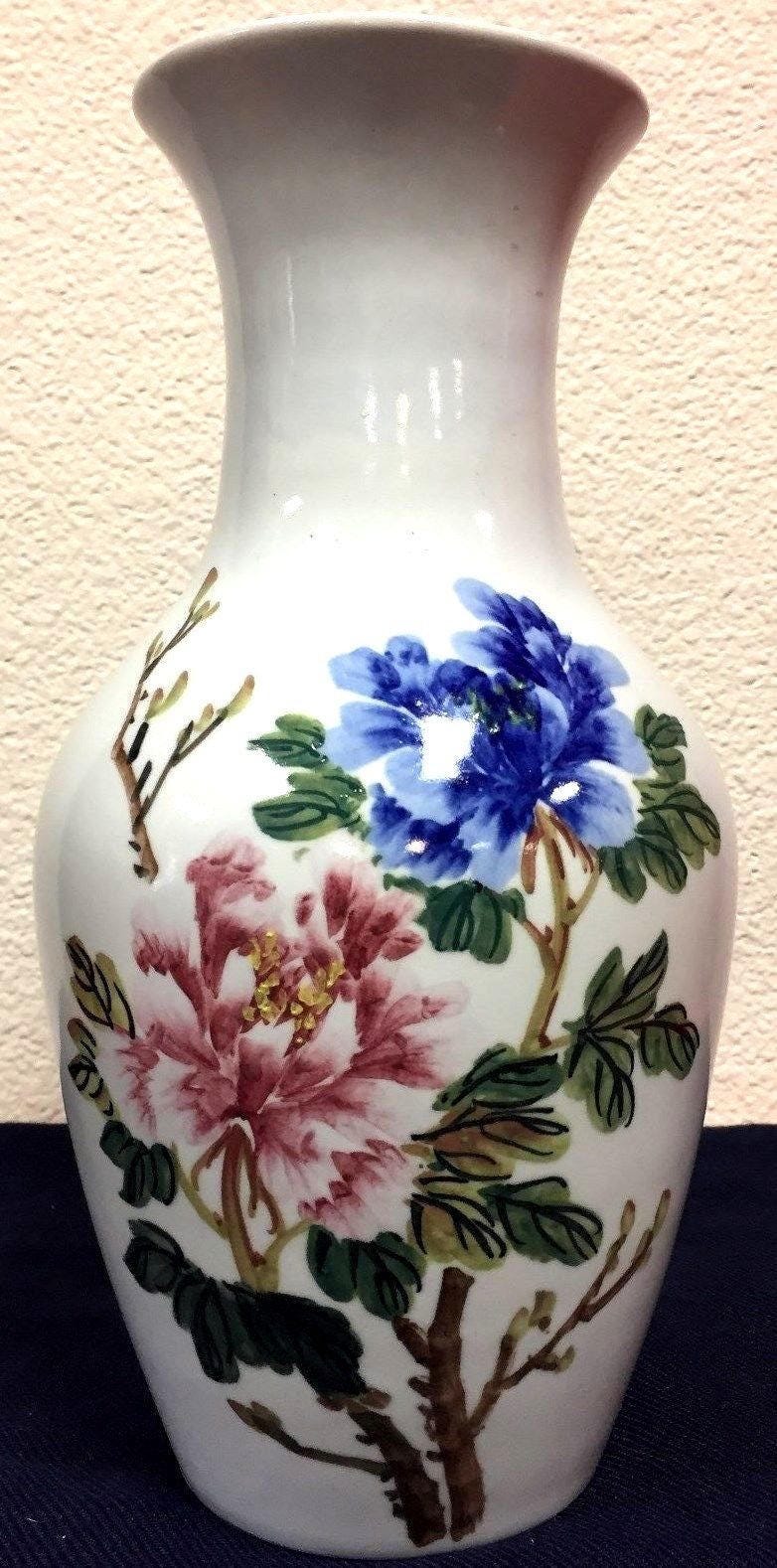

Here are a few rules of thumb to apply.īefore 1890, items imported into the United States were not required to contain a mark showing the country of origin. One guideline to help you guess age can be the country of origin. The dating of antiques and collectibles can be a very tricky business. A summary chart of new and old marks appears at the end.Where Yesterday Meets Tomorrow Country of Origin as a Dating Tool The differences between new and old marks appear below. The overall appearance of the latest reproductions is becoming more and more like Nippon originals. Don't be misled by large areas of raised gold or what appears to be genuine old colors and old decorations. Study and familiarize yourself with the key features of original marks listed by the photographs and illustrations in this article. Apply the guidelines for new and old only to the specific mark being discussed. Most marks need to be examined on a case by case basis. What may be an indication of a fake in one mark, may not be of help when examining another mark. No one rule can be used to detect all the new marks. It is then up to the buyer to detect the often subtle differences between new and old marks.ĭetecting fake marks from memory alone can be difficult. Persons who want to misrepresent a new piece simply remove the country of origin label. New marks with Nippon and other confusing words and symbols are usually under glaze and are not removable. Unfortunately most "Made in." country of origin markings are usually removable paper stickers. In other words, a confusing mark including the word Nippon is not illegal as long as the piece is also marked "Made in Taiwan (or China, Indonesia, etc.)". Custom's purposes, old place names are ignored as long as the present day country of origin is stated. Why? The majority of words collectors associate with age or quality-like Nippon, Prussia, Limoges, etc.-are generally place names for countries or regions that no longer exist. The appearance of other names on a piece, such as Nippon or R.S. Customs requirements with a simple "Made in Taiwan" paper label. However, new porcelain, imported from Taiwan for example, meets all current U.S. still must be marked with the English name of the country of origin. No, the McKinley Act did not change nor was it interpreted differently. This rule held true until the early 1980s when new porcelain began appearing with marks containing the word "Nippon". Any mark with "Nippon" had to be made before 1921 when the word was banned from U.S. For years, this knowledge was an easy rule of thumb collectors used to their benefit. The period between the passage of the McKinley Act in 1890 and the English word ruling in 1921 is the only time "Nippon" appeared in authentic marks.

Since the law required the country of origin to be an English word, the use of "Nippon" was forbidden from 1921 on. At that time, it was ruled that "Nippon" was a Japanese word. American trade officials accepted "Nippon" as the name of the country of origin until 1921. market was marked "Nippon" to comply with the new law. Since "Nippon" was the Japanese word for the country of Japan, porcelain made there for the U.S.

This law stated that all manufactured goods imported to the United States be marked with the country of origin. The word "Nippon" was required by the McKinley Tariff Act of 1890. Japanese porcelain made for export to the United States from 1891 to 1921 is called "Nippon Porcelain" because the word "Nippon" was on each piece. It was due to Japanese workers being paid very little for the time and skill they brought to their work. The low cost was not based on low quality, however. was because it was usually less expensive than porcelain from Europe or England. One of the reasons Japanese porcelain was popular in the U.S. The amount increased dramatically when WW I cut off the U.S. By the turn of the century, large quantities of Japanese porcelain were being imported and sold throughout the U.

Japanese porcelain has been commercially imported into the United States from the mid-19th century. The manufacture and decoration of pottery and porcelain has been a Japanese tradition for hundreds of years. Recent fakes have improved tremendously and have many of the features of originals such as heavy raised gold, pastel colors and very accurate copies of original marks. The first fake marks of the 1980s were on blanks with decorations unlike that of original Nippon and were relatively easy to identify. Since the mid-1990s there have been a wide number of faked Nippon marks appearing on new porcelain.


 0 kommentar(er)
0 kommentar(er)
